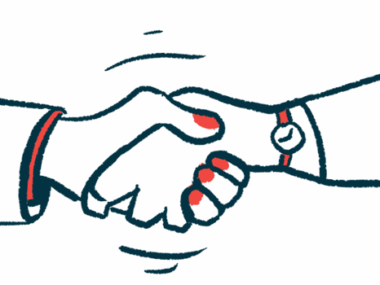Diacomit may be best Dravet syndrome treatment: Analysis
Trials have shown treatment reduces frequency of seizures
Written by |

Diacomit (stiripentol) may be more effective than other available Dravet syndrome treatments at reducing the frequency of seizures, according to an analysis of data from multiple clinical trials.
The therapy “can be recommended as the first choice among the included drug regimens for reducing seizures in [Dravet] patients,” researchers said. Their study, “Efficacy of Pharmacological Treatments for Dravet Syndrome: Systematic Review and Network Meta-Analysis,” was published in Seizure: European Journal of Epilepsy.
Seizures are a hallmark symptom of Dravet syndrome, and controlling them is a major goal in Dravet treatment. In addition to traditional anti-seizure medications, a few treatments are approved specifically to manage Dravet-related seizures.
A team of scientists in China conducted a meta-analysis aiming to compare the efficacy of available Dravet treatments. In this type of analysis, researchers pool data from multiple previous studies and analyze it collectively.
The study looked at data for four medications: the approved therapies Diacomit, Fintepla (fenfluramine) and Epidiolex (cannabidiol) and the experimental medication soticlestat. The analysis included data from six clinical trials conducted between 2000 and 2022. The trials collectively included more than 600 patients; in each study, one of the treatments was compared against a placebo.
All four Dravet syndrome treatments studied showed benefits vs placebo
The researchers evaluated each therapy’s ability to reduce overall seizure frequency by at least 50% or at least 75%. Even though most Dravet patients won’t be completely seizure-free even with optimal treatment, a substantial reduction in seizure frequency can make a real difference in patients’ lives, the researchers said.
Available data showed that all four medicines were able to substantially reduce overall seizure frequency relative to a placebo. This suggests they all can be valuable treatments, especially if the alternative is no treatment, the researchers noted.
The scientists also looked at how well each of the three approved therapies could reduce monthly seizure rates, noting that looking at seizures month by month, rather than overall rates in studies, gives a better picture of the consistency of treatment effects. Soticlestat wasn’t included in these analyses because month-by-month data wasn’t available for the experimental medicine.
Results showed that both Diacomit and Fintepla led to significant reductions in monthly seizure frequency, and the effect tended to be more potent for Diacomit. Based on this result, the scientists said Diacomit may be recommended as the first choice of treatment for Dravet syndrome, with Fintepla as a second option.
Unlike the other two approved therapies, Epidiolex didn’t significantly reduce seizure frequency compared to a placebo in the month-by-month analysis. This suggests that Epidiolex “may not be an optimal therapy” for most Dravet patients, the researchers said. Still, Epidiolex did reduce overall seizure frequency in its trials, so it may be useful as a treatment option for some patients, especially if other therapies aren’t working, they said.
The scientists noted that their analysis focused only on how treatments effect seizure rates. They stressed that other factors, especially safety profiles and potential interactions between medications, also must be considered when deciding on Dravet treatments. The researchers also said the results should be interpreted cautiously, as it’s difficult to make reliable comparisons across studies even in a meta-analysis framework.
No pharmaceutical companies were involved in the study, which was funded by the National Natural Science Foundation of China and other public and scholastic entities in China.







